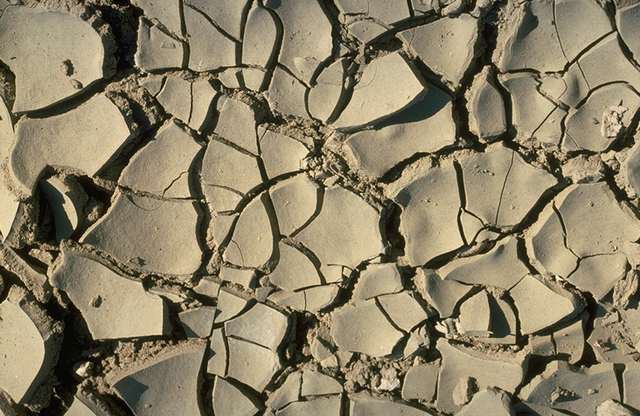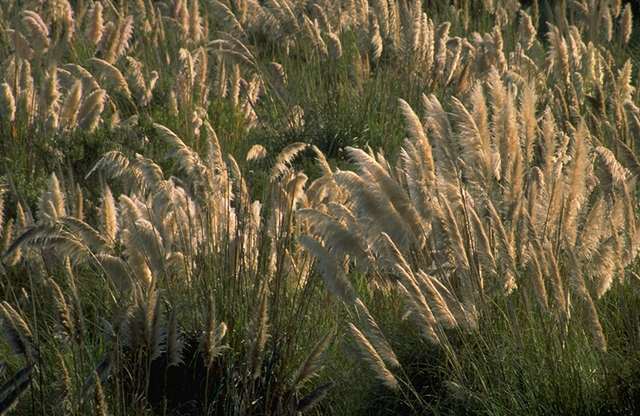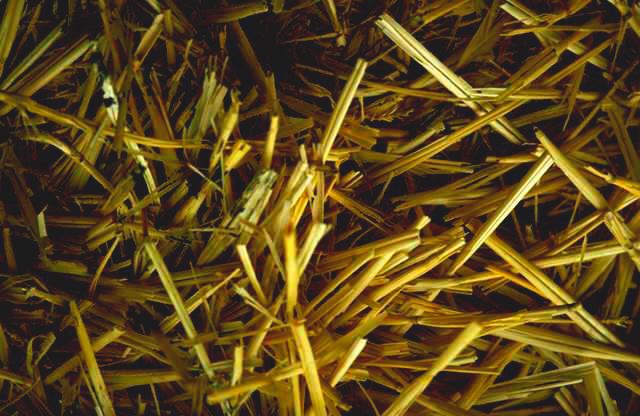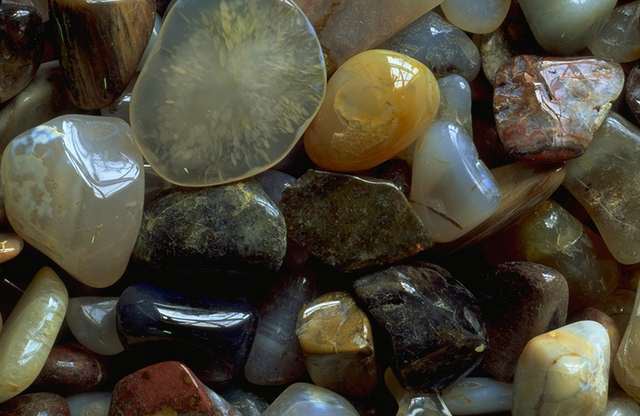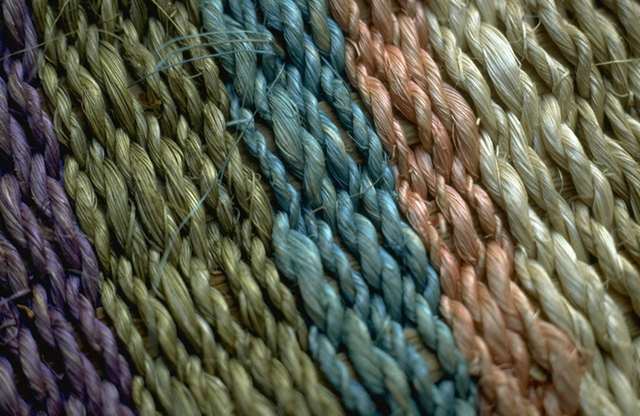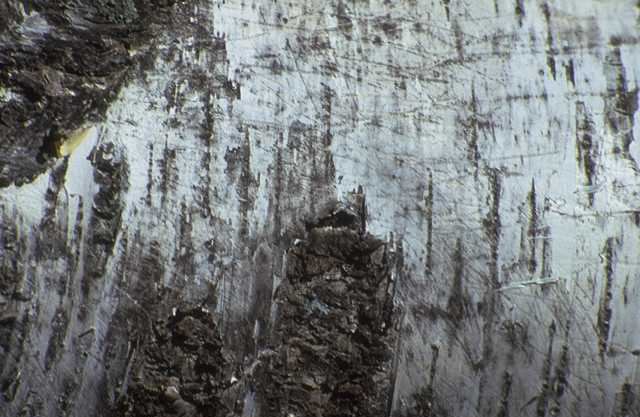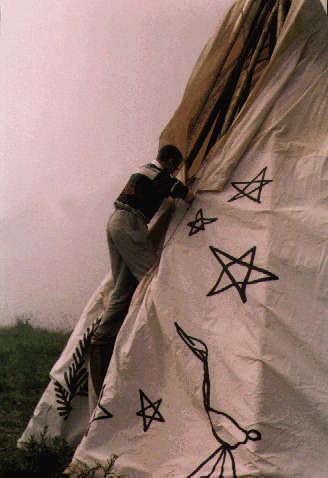 From the Wikuoms (wigwams) of the Maritime Provinces, the grass shelters
of Florida, the adobe houses of the American Southwest, the Tipis
(teepees) of the Great Plains to the Longhouses of the Great Lakes, Native
Americans have lived close to Mother Earth. In harmony with their
environments, they built shelters ideally suited to each landscape. Not
until many generations after the arrival of Europeans did they give up
their preferred methods of habitation. In fact, people still lived in the
old dwellings up until the 1950's.
From the Wikuoms (wigwams) of the Maritime Provinces, the grass shelters
of Florida, the adobe houses of the American Southwest, the Tipis
(teepees) of the Great Plains to the Longhouses of the Great Lakes, Native
Americans have lived close to Mother Earth. In harmony with their
environments, they built shelters ideally suited to each landscape. Not
until many generations after the arrival of Europeans did they give up
their preferred methods of habitation. In fact, people still lived in the
old dwellings up until the 1950's.
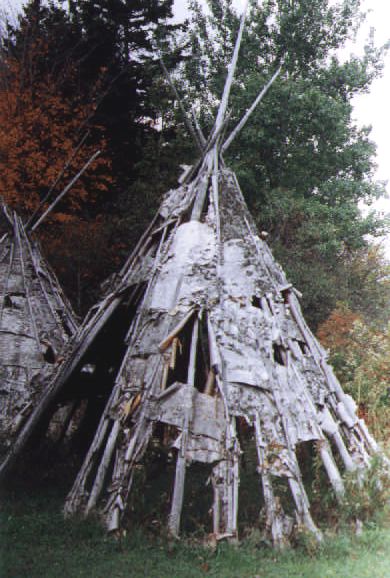 These structures provided shelter and warmth, a sense of family and
belonging, and often, a spiritual element which is sorely lacking in
today's buildings. Doorways faced east to greet the rising sun. Holes in
ceilings provided an outlet for smoke, but also a way for prayers to be
sent up to the Creator.
These structures provided shelter and warmth, a sense of family and
belonging, and often, a spiritual element which is sorely lacking in
today's buildings. Doorways faced east to greet the rising sun. Holes in
ceilings provided an outlet for smoke, but also a way for prayers to be
sent up to the Creator.
The circle was the guiding shape for Wikuoms and Tipis. Life itself is circular, from beginning to end, from birth to death. Many nations believed that it was impossible to hide deception in a circular dwelling; after all there are no corners.
Alan Syliboy
